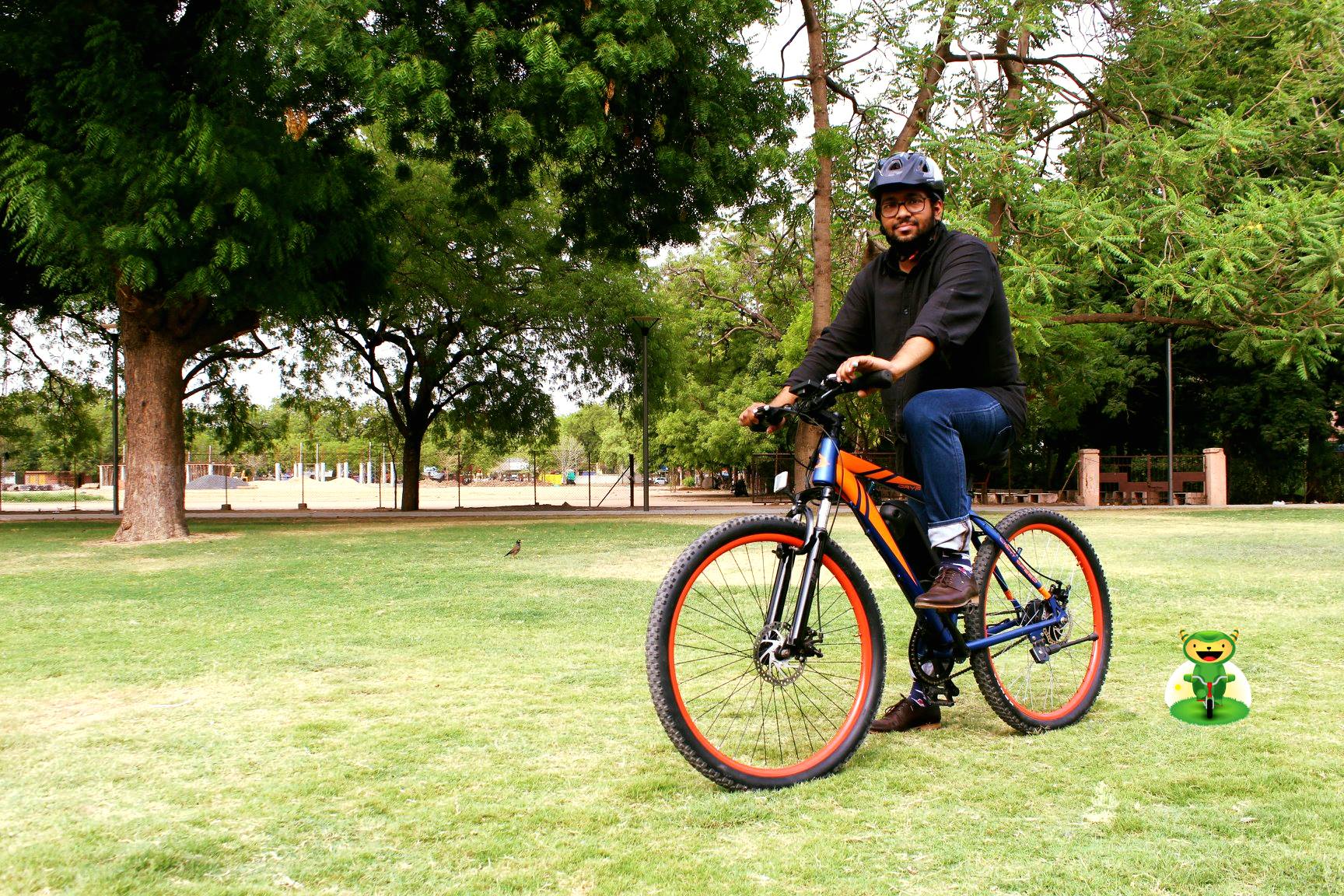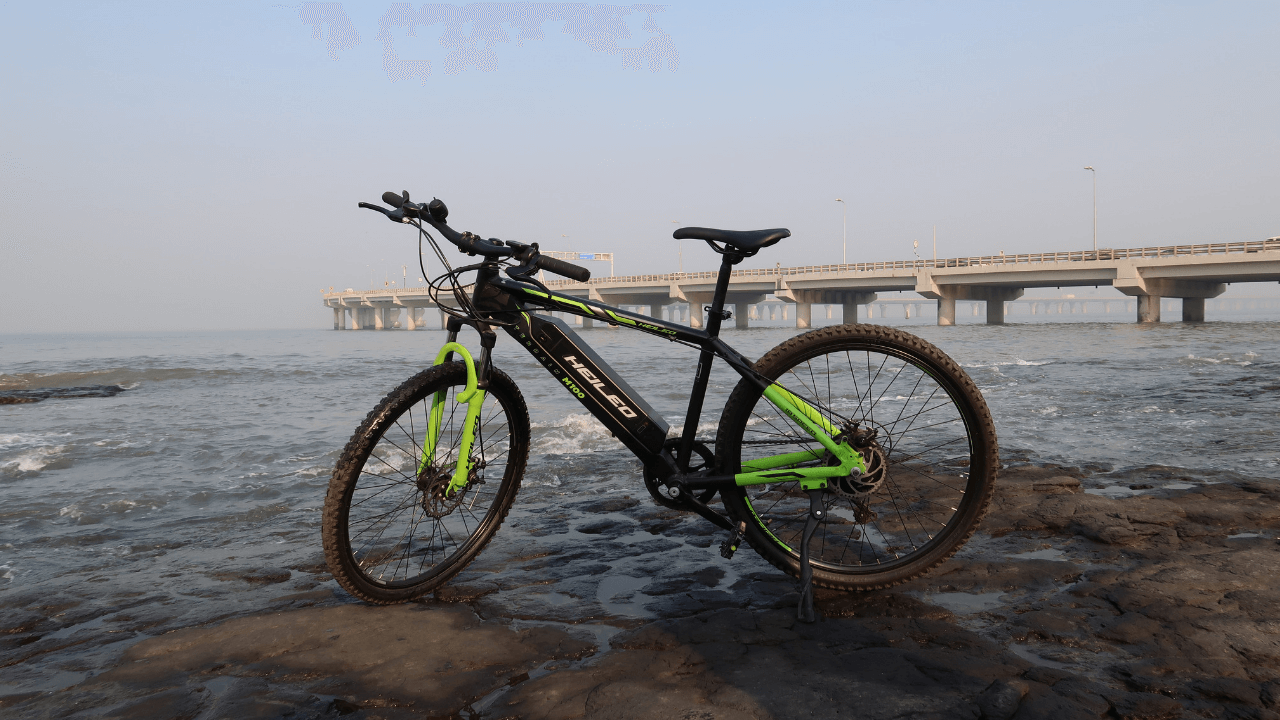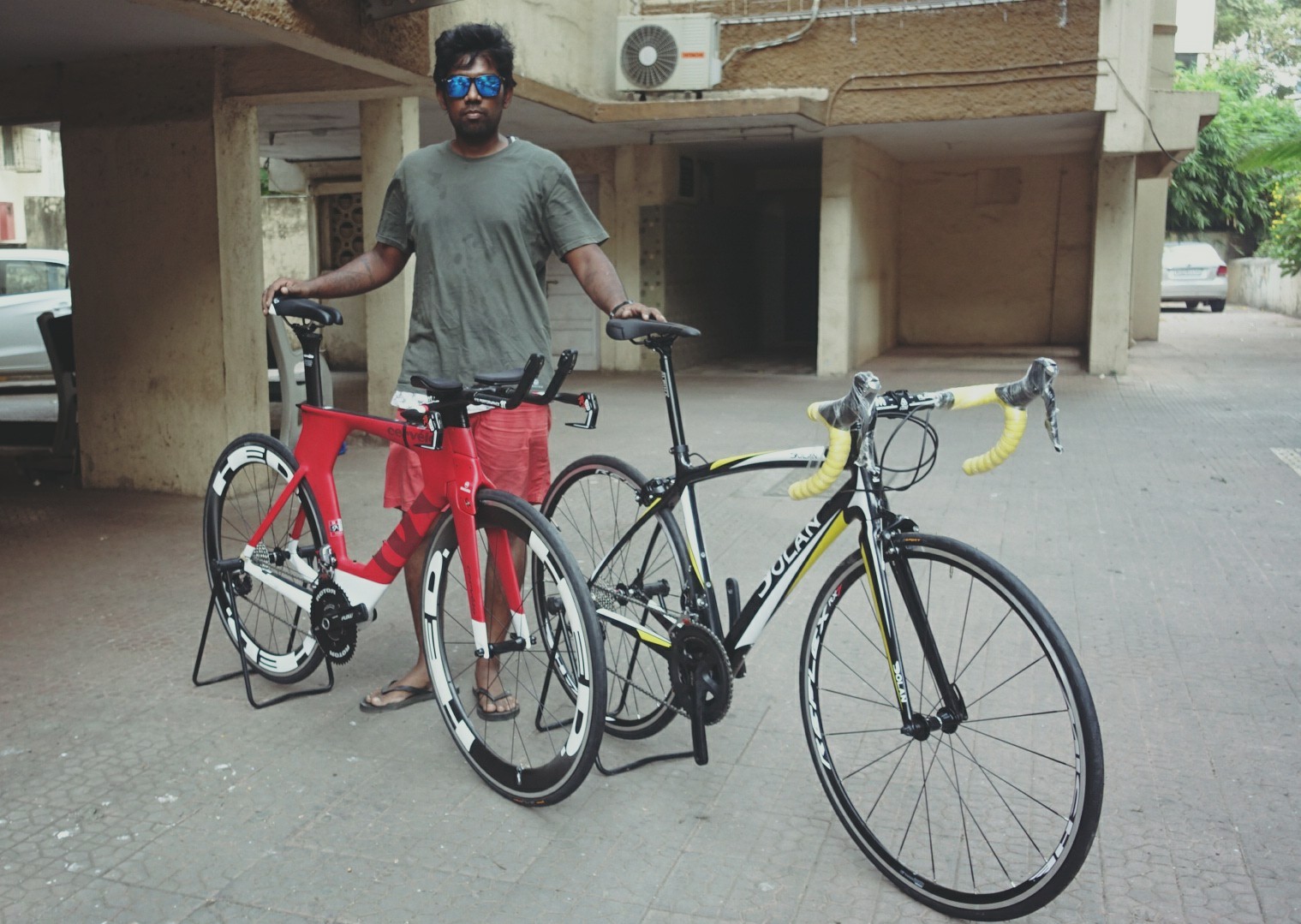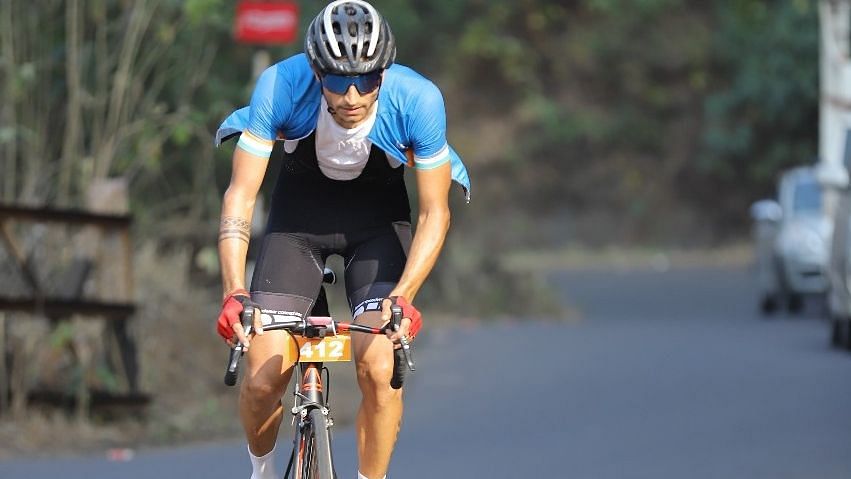Austrian ultra-marathon cyclist Christoph Strasser RAAM did an awesome ride along the borders of his home country. Read his interview below.
With the long hours you spend on the bike, what footwear do you use to protect your feet?
There is nothing special about my footwear as compared to other cyclists. My personal challenge though, is my broad feet, most of the shoes available are too tight for me. I prefer the Specialized Pro, which is wider than the S-Works. I usually buy shoes that are a couple of sizes bigger, it helps to accommodate my swollen feet during a race. If you expect rain, use a fat-crème on your skin. It helps your skin in getting rid of the water, without soaking up the water.
How do you deal with cramps and heat?
Christoph Strasser RAAM stated that, cramps are no problem for me, but heat is the real villain. I prefer cold weather, but in RAAM it is always hot. You have to drink a lot, your doctor has to ensure that you get the right amount of salt and electrolytes. The danger of suffering from dehydration is very high. You can also use special clothing like thin arm warmers and put water over them regularly. This helps you cool down.
Another idea is to use cooling vests on your body. But the most essential preparation for the heat is acclimatisation. Train for at least one week in a hot climate. This must be done in the days leading up to the race; the effect is lost again after a few days of cold weather.
What about blisters?
Christoph Strasser RAAM stated that, luckily, cycling has never given me blisters. The last heavy blister was while running or playing football. With all of the pain that goes into this, what makes it worth it to you to keep pursuing it?
The pain is nasty for 8 to 12 days, but the fun and challenge of living a dream stays with you for the rest of the year. Seana Hogan, the most successful female RAAM rider said, that it is like having a baby – you forget the pain until the next time. In fact, you forget the negative things very soon and remember the positive ones for the rest of your life. This is something your brain does automatically – most of the bad experiences get ‘deleted’ much easier and sooner than the beautiful ones.
None of the RAAM riders like pain or even goes for it. Everybody tries to minimize the pain, but it’s unrealistic to attempt RAAM without the pain. It is the price you have to pay, but the reward is great!
Could you throw some light on the diet and sleep 48 hours prior to RAAM?
Eat and sleep as much as possible. Lay in bed as much as possible, let your crew do everything for you. Eat and drink more than you need; fill up your energy stores.
What are the things running through your mind when you’re pedalling and how do they help you stay motivated?
I’m often asked this question, and the answer is disappointing because it is nothing special. It’s really important though, to consider what you think about while training alone on your home trainer for 6 hours every day and 6 times a week… This is the real challenge, not the race.
You have your support crew around you, you have opponents, you get messages and emails, and you have a great landscape, magic moments during sunset and sunrise, and you feel your body and mind in a very intense way, you have excitement around you. But then again, this is my personal opinion because I am a team player. I have a great crew, we are best friends and have a great time during the race. I do not know how successful I would be in unsupported races.
What I cannot imagine is sitting In a base camp of an 8000-meter-mountain for weeks alone, waiting for that perfect moment of nice weather to start out for the summit. This would be a mental problem for me. But in RAAM, I can make it very comfortable around me by surrounding myself with great people. Then time goes by faster and I can enjoy the race, even though it is very tough.But of course, the mental part is very important.
Think about your future, about the positive changes in your life after you complete this challenge. How important is it for you? Is it something you really want to do? Is it something that will bring a positive change to your life?
You need to know exactly WHY you do this. If doubts pop up in your mind during the race, you will suffer or even have to quit.
How long does it take your feet to recover from something like RAAM?
Feet take some days, legs take longer. It is proven, that even the mitochondria in your cells get smaller and a little damaged after a day-more-effort. This is why recovery takes weeks or even months, until you reach your full fitness again. But a week after RAAM seems good enough to venture out for easy rides again.
Any tips for the qualified RAAM cyclists from India?
Tons of tips are available, they could fill a book. But I think the most important is to prepare well, train a lot, try to get to know your body in extreme situations. And take care of your team. A lot of participants have a team which is not good enough for RAAM. They need to know you inside out, you need to trust them a 100%. They must like each other. Take mental training and try all kinds of nutrition, you need a very accurate nutrition plan for the race. Indulging in junk food is not a good idea. Liquid nutrition is my personal favourite.
Any lessons you’ve learnt that you think would be valuable for non-athletes?
Christoph Strasser RAAM adds by saying, you need to set yourself a goal, write it down and think about it every day. Feel, smell, see, taste and hear the moment when you reach your goal. Enjoy this great pleasure of reaching your goal which you have worked towards for a long time.It does not matter if this is about sports, losing weight, building your own house or even getting your dream job. The key is in experiencing and visualising the ‘finish’ in your head, so your mind can remember the feeling and motivate you to hold on when you have a hard time.
Did you ever face any injuries?
Luckily, not many. The most dangerous aspect of road cycling are accidents with cars. This is also very dangerous in RAAM when you cross cities. I never have problems with muscles or knees in training, because I train a lot and my body is used to the physiological stress. However, during RAAM, I suffer from pain in the knee, which gets better after a few days of rest.
What have you learned from ultra cycling?
If you suffer a crisis, you must hold on. The next good hours will come soon. I also learnt that people are capable of much more than they would ever believe. This is valid for everybody.
How do you communicate with your crew and how helpful are race radios?
l love radios, they are essential for me. You can handle sleep deprivation in many different ways, but my favourite one is to talk to someone. If I can communicate with my crew as much as possible, staying awake in the night is much easier. Your brain needs a task, and talking is the best one. Some maths-calculations, remembering of phone numbers, answering questions – all these things help me a lot, and therefore I love my cardo BK1, the best radio for ultra cycling, since it takes away the noise of the wind.
For me, it is hard to imagine, how the first RAAM racers in the 1980s managed psychological stress without the chance to communicate regularly since your crew is only allowed to drive next to the cyclist for 1min every 15 minutes.
How would you suggest people get involved with what you do?
We try to be good and open with our communication through daily video and photo reports. So just take a look at my website or Facebook-page during RAAM to follow the race! There is also a great GPS-tracking-system – I can promise, it will be exciting!
Editor: Tracy Alvares
Special Thanks: CHRISTOPH STRASSER







